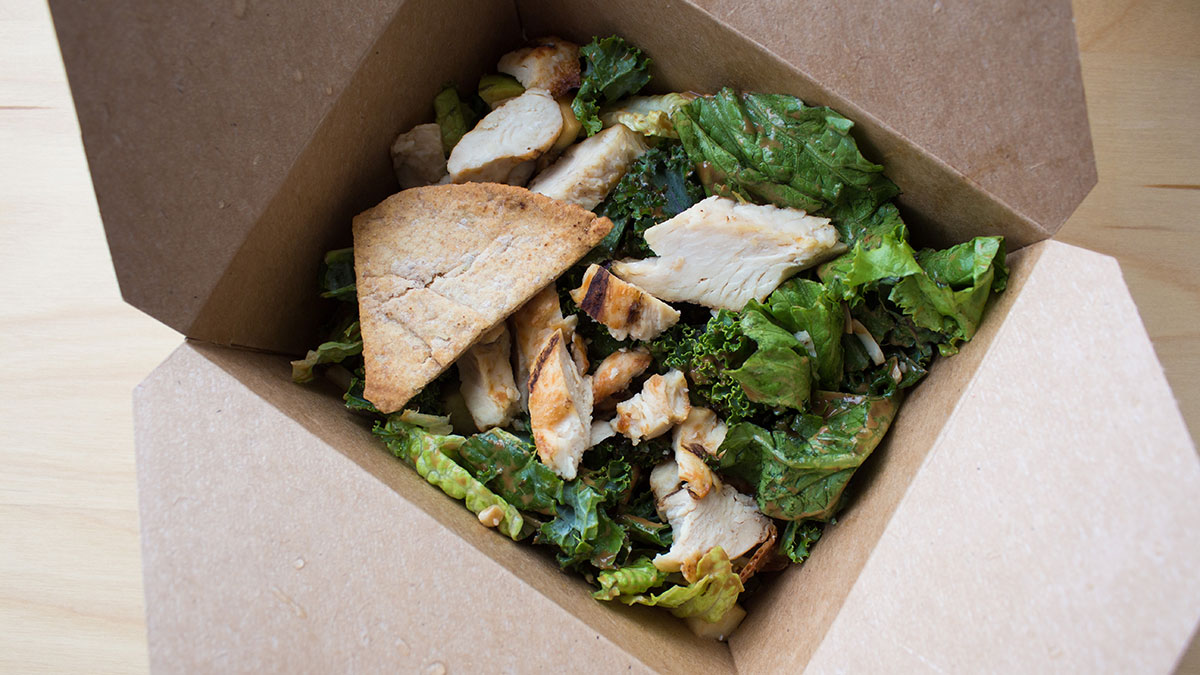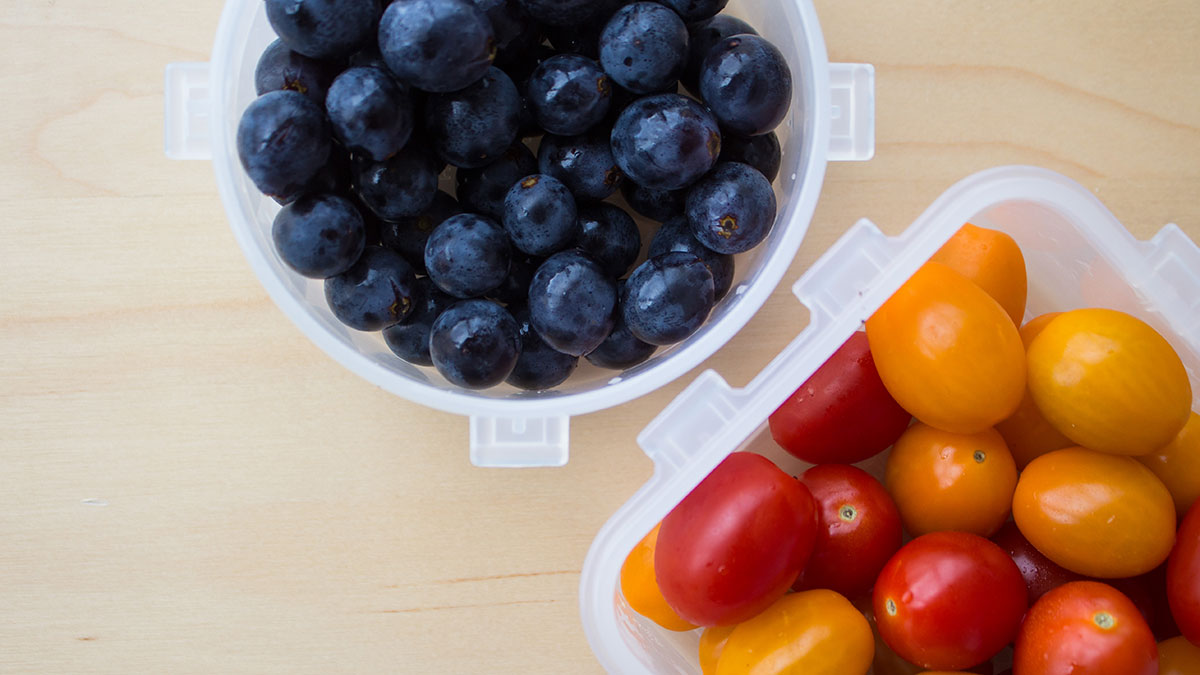Healthy fast food? It’s possible, provided you follow these steps
 Christina Varvis
Christina VarvisClasses have started — and so have the woes of sleeping in and being forced to either make a lunch or shower. For those that choose hygiene, there are still ways to find fast, relatively nutritious meals.
General health recommendations commonly discourage fast food, but making healthier choices while eating out is still doable, according to behavioural and nutritional scientist Anna Farmer, faculty member of the Department of Agricultural Food and Nutritional Science.
“You can make healthy choices within what is available,” Farmer said. “You just have to be aware if what you’re adding (to your meal) is really not making it more nutritious, but just more energy dense.”
For some people on campus, food choices are narrowed because of financial reasons, Farmer added.
“The most flexible part of the budget is actually the food budget, whether you’re a student or if you’re a parent of children,” she said.
Farmer added that not all budgets and schedules fit the healthiest of foods, but making healthier choices isn’t all-or-nothing.
Sandwiches and wraps
Whether buying ingredients for at home or customizing a sandwich at a chain restaurant, there are a few ways to optimize them for nutrition. For bread, aim for high fibre content: brown bread and whole grains are a good way to start. For meat, try to avoid deli meats, as they’re high in sodium.
“Canadians have an appetite for sodium, or salt,” Farmer said. “I call it ‘the stealth ingredient,’ because if you’re used to it at a certain level, you only start noticing it until you start cutting it back.”
Sodium can be found in foods that have been pre-prepared a means of preserving them.
Instead, choose more grilled, lean meats. Lastly, load the sandwich or wrap with vegetables. Different vegetables contain different vitamins, so the more variety the better.
If using sauces, go for vinaigrettes instead of creamy ones, as these tend to be lighter in fat content.
Stir-fry
Stir-fried dishes are another common option for supper. Whether you’re ordering or cooking your own, use or ask for more vegetables to get extra vitamins and fibre. Further boost fibre intake by choosing brown rice over white rice.
“(Stir-fry) can be just as high in sodium and fat as, say, fries and a burger … because they’re adding fat as they’re frying it and putting a lot of condiments, like soy sauce,” Farmer said.
Sodium can be reduced here by opting out of that extra scoop of sauce.
Drinks
Drink water. Juice and soda pop are more expensive and loaded with sugar. Water refill stations are all over campus, so take advantage of them and bring a bottle with you to class. If you’re eating out, ask for water from the tap — it’s free no matter where you go.

Snacks
Buy snack foods and bars ahead of time. Keeping your backpack stocked up will keep you from having to resort to campus vending machines, of which many are broken.
Energy bars are aimed at people with more active lifestyles as they contain a higher level of carbs, which replenish the body after a workout. For good in-class staple snacks, pack nuts, high fibre crackers, vegetables, and fruits. That way you can get the most vitamins while saving money.
Crunched schedules brings on stress, which is often a factor in changing eating habits. Though it can be difficult, dietary self-discipline is important in long-term health, Famer said.
“The habits that you have now, that you develop in college or university, (will) continue,” Farmer said. “Being aware of that and making some changes now (helps establish habits) that you are going to carry with you into later adulthood.”




